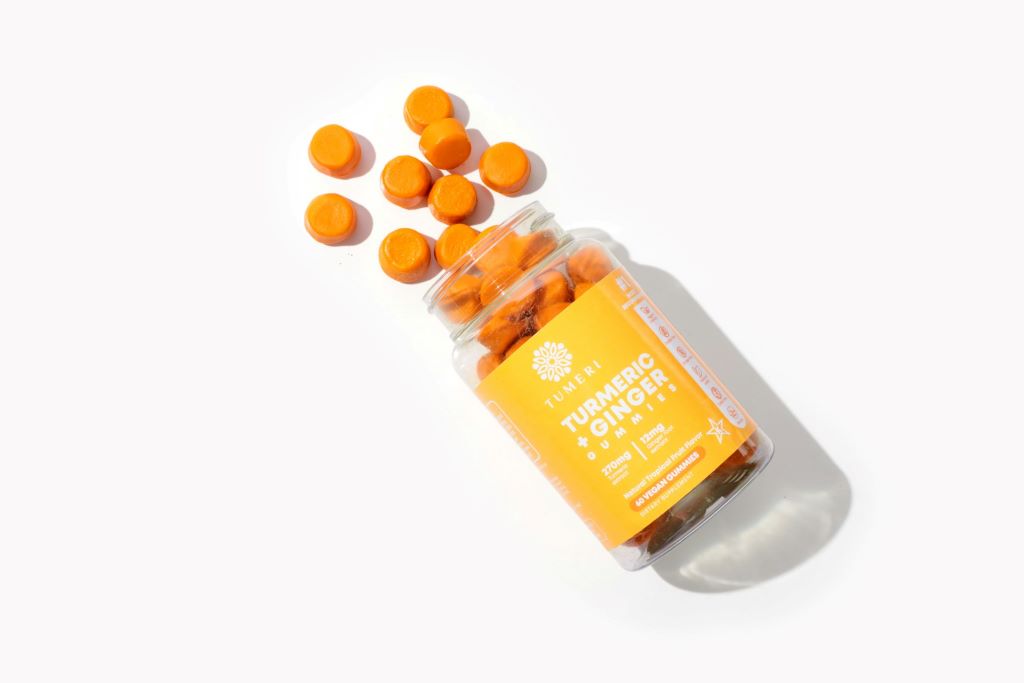SA Health Research Facing Catastrophic Financing Cuts

By Catherine Tomlinson
Cuts to United States funding of health research could have “catastrophic” consequences, says Professor Ntobeko Ntusi, who is at the helm of the country’s primary health research funder. He says the South African Medical Research Council is “heavily exposed” to the cuts, with around 28% of its budget coming from US federal agencies.
After an unprecedented two weeks of aid cuts by the United States government that left HIV programmes and research efforts across the world reeling, the Trump administration took the drastic step of freezing aid to South Africa in an executive order on 7 February.
The order – which is a directive to the executive branch of the US government and holds the weight of law – was issued to respond to what the White House called “egregious actions” by South Africa. It specifically points to the Expropriation Act and the country’s accusation of genocide against Israel at the International Court of Justice as the primary reasons for the funding freeze.
While there are some limited wavers and exceptions to the cuts, Spotlight understands that these have so far been poorly communicated and many HIV services remain in limbo.
The funding cuts, following an earlier executive order issued on 20 January, are interrupting critical health research underway across South Africa and will ultimately undermine global efforts to stop HIV and TB.
The US is a major source of financing for health research in South Africa. Many of the country’s research institutes, groups, and universities receive funding from the US through the National Institutes of Health (NIH), the Centers for Disease Control and Prevention (CDC), USAID, and the President’s Emergency Plan for Aids Relief (PEPFAR).
Over the past few weeks, these funding sources have come under siege by the Trump administration resulting in a gaping, and most likely insurmountable financing gap, for many health research endeavors in the country.
US spending accounts for just over half (55%) of all spending on global health research around the world. In 2022, the super power spent $5.4 billion on global health research, according to Impact Global Health – an NPO that tracks health research spending.
While the US gives money to global health research through several different government departments and programmes, the largest source of funding for global health research is the NIH. The NIH contributed 65% of global financing for HIV research between 2007 and 2022, according to Impact Global Health and 34% of tuberculosis research financing in 2023, according to New York-based policy think tank, the Treatment Action Group.
South Africa has the biggest HIV epidemic in the world in absolute terms and is among the top 10 countries in terms of TB cases per capita.
Catastrophic consequences
“South Africa is the biggest recipient of NIH funding outside of the US”, Professor Ntobeko Ntusi, president and CEO of the South African Medical Research Council (SAMRC), told Spotlight. “[T]he consequences will be catastrophic if [funding] is stopped… for science that is important for the whole world,” he said.
South Africa plays a critical role in advancing HIV science, said Ntusi, adding that “many of the major trials that have advanced our understanding of both the effective strategies for HIV management, as well as understanding the mechanisms of disease emanated from South Africa”.
People in the US, for example, are now able to access long-acting HIV prevention shots, largely because of research that was conducted in South Africa and Uganda. Research conducted in South Africa has also been critical to validating new tuberculosis treatments that are currently the standard of care across the world.
Heavily exposed
Stop work orders were sent to research groups receiving USAID funding at the end of January. These stop work orders coupled with the halting of funding have already interrupted critical HIV research efforts, including efforts to develop new vaccines against HIV.
Ntusi said that the SAMRC is currently “heavily exposed” to the halting of grants from USAID and the CDC, with research programmes supported by USAID and the CDC already being stopped.
The SAMRC’s research on infectious diseases, gender-based violence, health systems strengthening, as well as disease burden monitoring are also affected by the funding cuts.
“In addition to support for HIV research, we have significant CDC grant funding in our burden of disease research unit, the research unit that publishes weekly statistics on morbidity and mortality in South Africa,” said Ntusi. “Our health systems research unit has a number of CDC grants which have been stopped [and] in our gender and health research unit we had a portfolio of CDC funding which also has been stopped.”
Along with programmes being impacted by the halting of USAID and CDC funding, Ntusi said there will also be major staffing ramifications at the SAMRC as well as at universities.
He said that if funding from the NIH is stopped “there would be huge fallout, we just wouldn’t be able to cover the hundreds of staff that are employed through the NIH granting process”.
The SAMRC’s combined annual income from US grants (NIH, CDC and USAID) is 28% of its total earnings (including both the disbursement from the SA government as well as all external contracts) for the 2025/2026 financial year, according to Ntusi. “So, this is substantial – effectively a third of our income is from US federal agencies,” he said.
Pivot away from infectious disease?
In addition to the executive order freezing funding to South Africa, it is unknown whether the NIH will remain a dominant funder of global health. Robert F. Kennedy Jr., the US health secretary nominee, has called for cutting to the NIH’s infectious disease research spending to focus more on chronic diseases.
Looking beyond health, Ntusi said the executive order halting aid to South Africa will be felt across a range of different development initiatives such as water and sanitation, and climate change.
Republished from Spotlight under a Creative Commons licence.
Read the original article.






